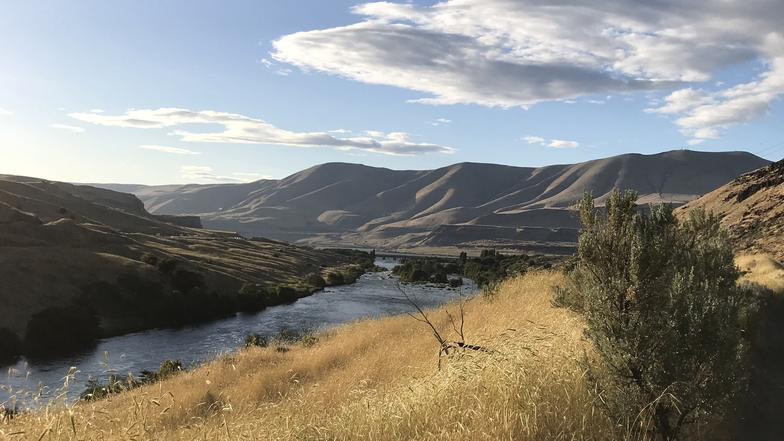ODA

Lower Deschutes Ag Water Quality Management Area Plan
In 2000, the SWCD recruited people for a local advisory committee to work with Oregon Department of Agriculture to develop the Lower Deschutes Ag Water Quality Management Area Plan, which covers a portion of Sherman County. The program, known in Oregon as SB-1010 is designed to help the agricultural community address its responsibilities under the Clean Water Act while retaining local control versus having EPA step in and dictate what people will do. It allows flexibility for ag producers on ways they can achieve the goals of the plan. In 2002 the SWCD became the Local Management Agency for the development of the Lower John Day Ag Water Quality Management Area Plan. These plans have been adopted and will be reviewed every two years with the assistance of the SWCD.
Eastern Lower Deschutes Strategic Implementation Area (SIA)
There is now funding available for restoration projects within the Eastern Lower Deschutes SIA area. Projects must demonstrate a clear watershed benefit to aquatic species, wildlife, or watershed health and be one of the eligible project types listed below.
Projects commonly used to restore or protect Agricultural Water Quality:
· Manage Nutrient and Sediment Inputs through managed grazing (e.g., fencing and developing off-channel watering) and plantings.
· Manage Vegetation: plant or seed native riparian species, propagate native riparian plants, or control weeds in conjunction with a restoration project.
· Manage Vegetation: control weeds (in conjunction with a restoration project), or plant native wetland species.
· Manage Erosion on Agricultural Lands: terrace land; employ laser leveling; create windbreaks; install water and sediment control basins (WASCBs); develop filter strips/grassed waterways; manage mud (e.g., gravel high-use areas, develop paddocks); seed bare areas, reduce tillage.
· Manage Nutrient and Sediment Inputs to Streams through the management of grazing, vegetation cover, animal waste, or irrigation runoff.
· Improve Surface Drainage: surface road drainage improvements, gravel surfacing, stream crossings.
· Manage Erosion: bioengineer stream banks, slope stream banks, or develop water gaps, streambank barbs.
· Implement Irrigation Practices.
· Decommission Roads.
Additional eligible project types:
· Improve Instream Habitat: place large wood, boulders, or salmon carcasses.
· Fish Passage: Remove Irrigation or Push-Up Dams, Remove and/or Replace Culverts, Remove or Replace Stream Crossings.
· Restore Wetlands: excavate or remove fill, or eliminate drainage structures.
· Install Stormwater Runoff Treatments.
· Create Off-Channel Flood Storage.
· Employ Integrated Pest Management.
· Eradicate or Control Exotic Aquatic Species.
· Manage Vegetation: prescribed burning, except when conducted as part of a commercial harvest; non-commercial thinning; control/remove juniper (except late-seral/old growth); plant or seed (native upland species or native beneficial mixes preferred); or control weeds (in conjunction with a restoration project). Projects for prescribed burning to reduce fuel loads require ODF technical review and approval, or tribal government review and approval for projects on Tribal Trust Lands, using a standard OWEB form.
· Manage Wildlife: install water guzzlers.
The application deadline is March 20, 2025. You may request up to $15,000. If you have a project that you think may fit this criteria, please contact Taylor at 541-565-3216 ext. 110 for more information.
